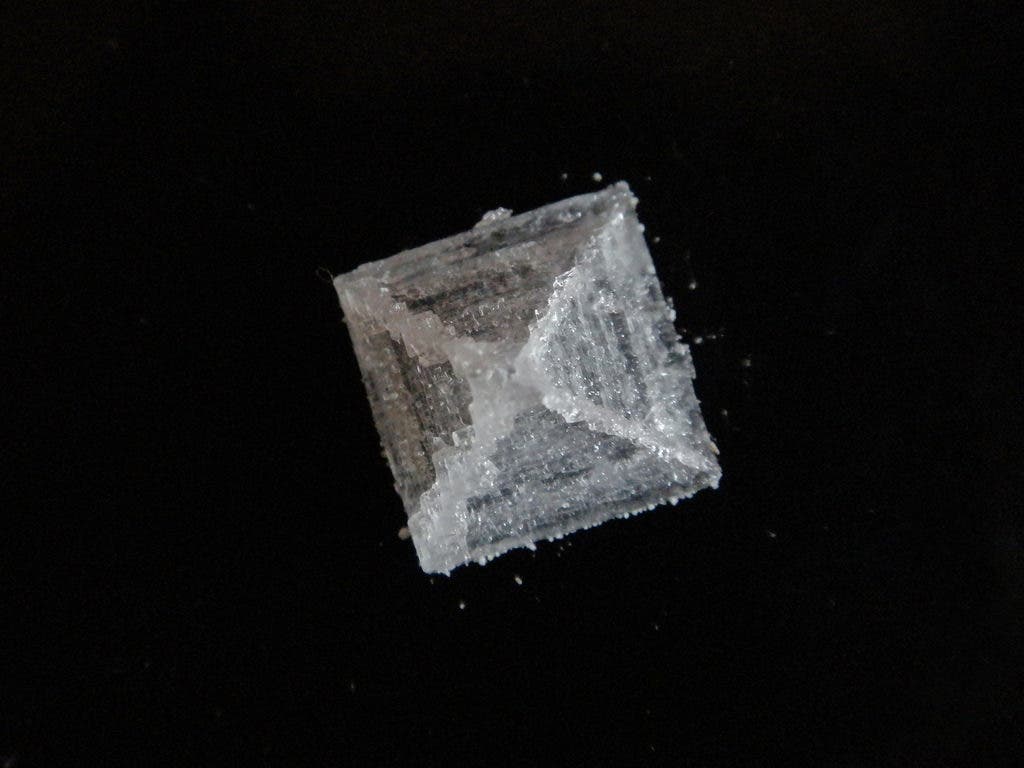A cloudless exoplanet has become a benchmark for astronomers to gauge sodium content in alien worlds.

Image credits Amanda Slater / Flickr.
An international team of astronomers, led by researchers from the University of Exter, has uncovered one far-off world that will help us better understand the chemical make-up of planets beyond our solar system. Dubbed WASP-96b, this ‘hot Saturn’ planet is completely devoid of clouds — making it an ideal subject for astronomers trying to determine its atmospheric composition.
Peering through the 8.2-meter lens of ESO’s aptly named Very Large Telescope in Chile, the team observed WASP-96b as it was transiting in front of its host star. This method of study is the bread and butter of astronomers studying far-off planets. By measuring the dip in starlight incoming to Earth while this transit takes places, they can determine the planet’s size. By looking at its spectral emissions — carried to us by the photons passing through the atmosphere — they can gauge the chemical make-up of the planet’s gaseous cover.
Spectral emissions are like fingerprints for atoms since each element and isotope has its own signature — a characteristic astronomers are more than happy to exploit when pointing their instruments at far-off celestial objects. WASP-96b’s spectrum showed the complete signature of sodium, the team writes, which is only observable in atmospheres completely devoid of clouds.
Reflections so dium you can see everything!
Just like an individual’s fingerprints are unique, atoms and molecules have a unique spectral characteristic that can be used to detect their presence in celestial objects. The spectrum of WASP-96b shows the complete fingerprint of sodium, which can only be observed for an atmosphere free of clouds. The finding is especially exciting for astronomers, who have long suspected that hot, gas-giant exoplanets harbor sodium — but have never actually had any proof to back their suspicion.
On first glance, WASP-96b doesn’t seem very special. It’s a gas giant, very similar to Saturn in mass, but about 20% larger than Jupiter, set to a simmery 1300°K (~1027°C or 1900°F). It’s about 980 light-years away from Earth, in the Phoenix constellation, and orbits a pretty-much sun-like star. Here is a visualization of it transiting in front of its host, put together by co-author Ernst de Mooij:
Spectral emissions recorded while WASP-96b transited in front of its host star, however, made the planet’s uniqueness apparent. Based on the sodium signature observable in these records, the team found that the planet’s atmosphere is completely free of clouds. This allowed the team to measure how abundant sodium is in the atmosphere. The researchers report finding levels similar to those seen in our own Solar System.
“We’ve been looking at more than twenty exoplanet transit spectra,” said Nikolay Nikolov, paper lead author. “Until now, sodium was revealed either as a very narrow peak or found to be completely missing. This is because the characteristic ‘tent-shaped’ profile can only be produced deep in the atmosphere of the planet and for most planet clouds appear to get in the way”.
That ‘tent-shaped’ bit he mentions refers to one of the two ways emission spectra are most often represented in charts: constituted of one wiggly horizontal line (that indicates a baseline value, i.e. no emission in that segment of the spectrum), dotted here and there with ‘peaks’ or ‘spikes’ (these indicate a higher value, i.e. registerable emission in that segment of the spectrum). A ‘tent-shaped’ spike on the profile indicates strong emission in one particular wavelength interval — based on which researchers can gauge the presence of particular elements.
The presence of clouds, hazes, mists, or similar phenomena in an atmosphere has the ability to block and reflect incoming light, altering its spectral output. Sodium’s emission is especially affected, as Nikolov explains, because its profile is produced in the lower layers of the atmosphere (i.e. below clouds, hazes, or mists).
So far, WASP-96b is the only exoplanet to we’ve found with a clear sodium signature, making it ideal as a benchmark for the presence of this element in other worlds of its kind.
“WASP-96b will also provide us with a unique opportunity to determine the abundances of other molecules, such as water, carbon monoxide and carbon dioxide with future observations,” adds co-author Ernst de Mooij.
Sodium is the seventh-most abundant element in the Universe, and vital to life as we know it. Organisms on Earth depend on sodium (in the form of table salt) for survival, and is widely used in industry. Knowing how to find it on other worlds from afar would thus be a great skill to have — both when looking for alien life or a nice place to settle.
The paper “An absolute sodium abundance for a cloud-free ‘hot Saturn’ exoplanet” has been published in the journal Nature.






